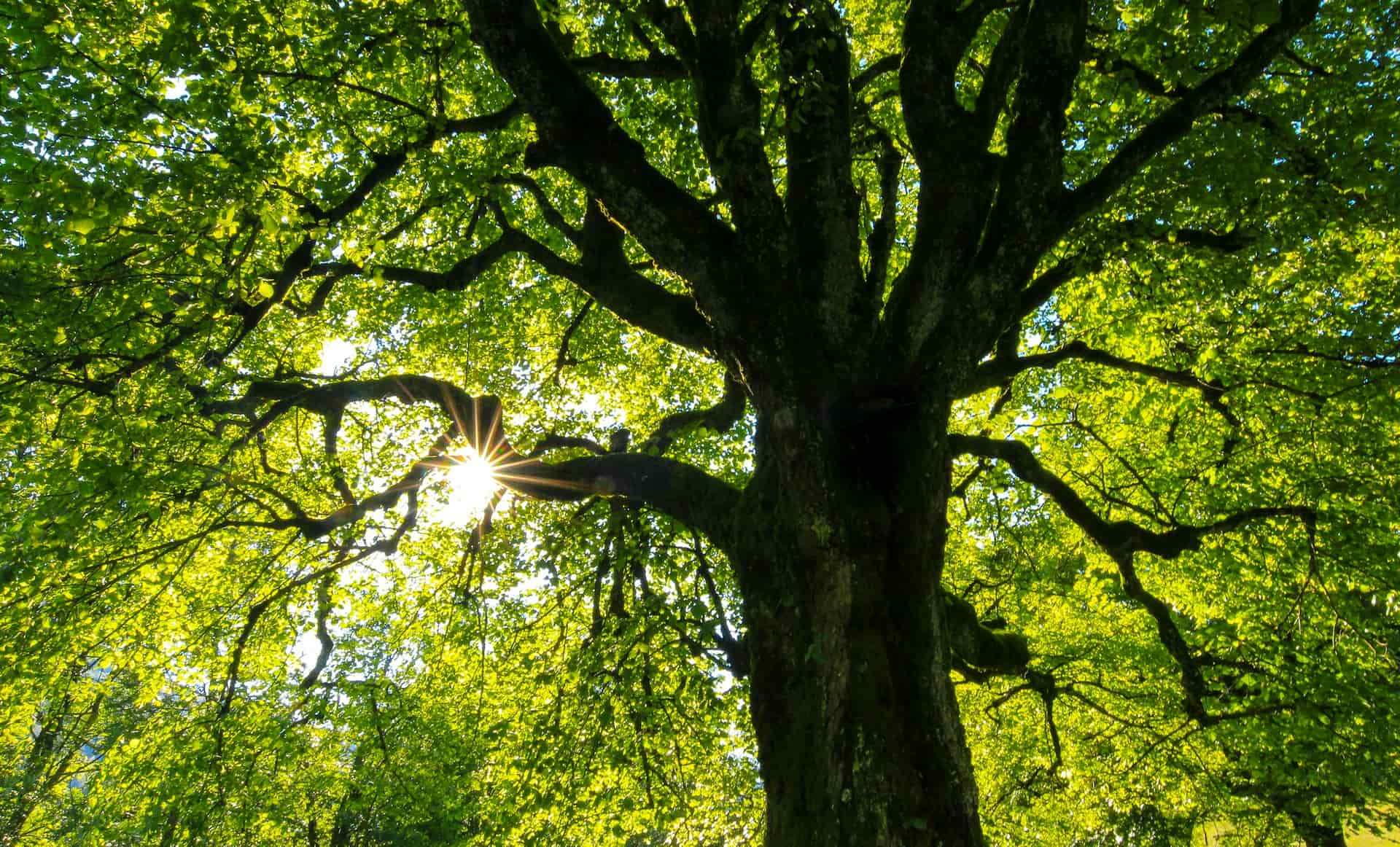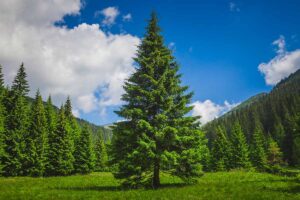Felling Trees Without Permission: Legal Consequences, Property Rights, and Environmental Impacts
Have you ever considered removing a problematic tree from your property, only to wonder about the potential legal implications? Perhaps you’ve noticed a neighbor cutting down trees that seem to cross property lines, or you’re curious about the consequences of unauthorized tree removal. Understanding when and how trees can legally be removed is essential knowledge for any property owner or environmental advocate.
This comprehensive guide explores the complex legal, environmental, and ethical issues surrounding the unauthorized felling of trees. From property rights and boundary disputes to potential fines and restoration requirements, we’ll examine everything you need to know about tree removal laws across the United States.
Understanding Property Rights and Tree Ownership
Before taking action against any tree, it’s crucial to understand exactly who owns it. This seemingly simple question can become surprisingly complex in certain situations.
Determining Tree Ownership
The general rule for tree ownership is straightforward: if the trunk of the tree is entirely on your property, you own that tree. However, complications arise when trees grow on property boundaries. In such cases, the tree may be considered the joint property of both landowners, requiring mutual consent before any significant action is taken.
Even more complex are situations involving trees whose trunks grow entirely on one property but whose branches or roots extend onto neighboring land. While the tree itself belongs to the property owner where the trunk grows, neighbors may have certain rights regarding overhanging branches and encroaching roots.
Your Rights As a Property Owner
As a property owner, you generally have the right to manage trees growing entirely on your land. However, this right isn’t absolute. Various local ordinances, homeowners association rules, conservation easements, and protected species regulations may limit your authority to remove trees, even on your own property.
Understanding these limitations before taking action is essential. For example, in many municipalities, removing trees above a certain size requires permits, even if they’re on your private property. Failing to obtain these permits can result in significant penalties.
Boundary Trees and Neighbor Rights
Trees that straddle property lines create unique legal situations that vary by jurisdiction. In most states, these “boundary trees” are considered the joint property of both landowners, meaning neither owner can remove the tree without the other’s consent.
When branches from a neighbor’s tree hang over your property, you typically have the right to trim those branches back to the property line—but only if doing so won’t seriously harm or kill the tree. This “right to trim” doesn’t extend to cutting down the entire tree or removing parts that don’t cross your property line.
Legal Consequences of Unauthorized Tree Removal
The penalties for cutting down trees without permission can be surprisingly severe, reflecting both the environmental value of trees and their potential economic worth.
Civil Liability and Damages
When you remove a tree that isn’t yours without permission, you may face civil liability for the value of the tree. What many people don’t realize is just how valuable mature trees can be. The courts may award damages based on:
- Replacement cost of the tree
- Reduction in property value
- Lost benefits (shade, windbreak, aesthetics)
- Emotional distress in some cases
In many states, statutes specifically address timber trespass or wrongful tree cutting, often allowing for “multiple damages”—meaning the court can multiply the actual value of the tree to determine the penalty. For example, in Washington state, a person who willfully cuts down someone else’s tree can be liable for triple the tree’s value.
Criminal Penalties
Beyond civil liability, unauthorized tree removal can sometimes result in criminal charges, especially if:
- The removal was knowing and willful
- It occurred on public land
- Protected species were involved
- The cutting was extensive or for commercial purposes
Criminal penalties can include fines and, in extreme cases, imprisonment. For example, under the federal Lacey Act, trafficking in illegally harvested plants (including trees) can lead to felony charges carrying penalties of up to $250,000 in fines and five years imprisonment for individuals.
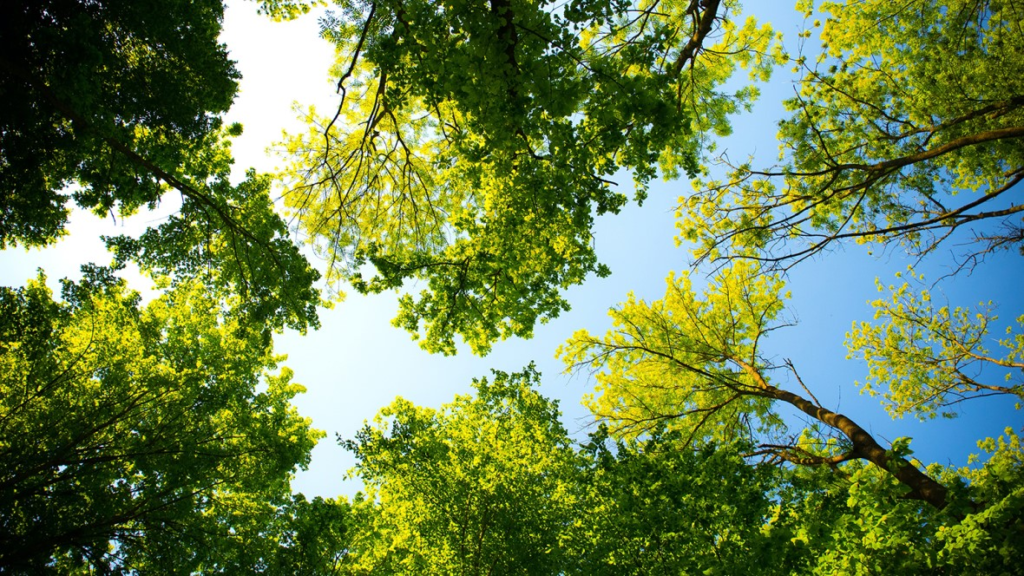
Actual Case Examples and Outcomes
Let’s examine some notable cases that illustrate the serious consequences of unauthorized tree removal:
| Case | Offense | Penalty |
|---|---|---|
| Booska v. Patel (California)Neighbor cut roots of boundary tree causing it to dieOrdered to pay replacement cost of $30,000 plus legal feesKallis v. Sones (Washington) | Developer removed 18 trees from neighboring property | Ordered to pay triple damages totaling $151,500 |
| United States v. Williams (Federal) | Illegal harvest of bigleaf maple from national forest | 15 months imprisonment plus $159,692 in restitution |
| Martin v. Artis (Virginia) | Removal of ornamental trees during boundary dispute | Damages of $21,500 (three times actual value) |
These cases demonstrate that courts take unauthorized tree removal seriously, often imposing penalties that far exceed what many would expect.
Protected Trees and Special Cases
Not all trees are treated equally under the law. Certain trees receive special protection due to their species, size, historical significance, or location.
Heritage and Landmark Trees
Many communities designate certain trees as “heritage,” “landmark,” or “significant” trees due to their age, size, historical importance, or rarity. These designations provide additional legal protections, often making it illegal to remove these trees without special permission, regardless of property ownership.
For example, Atlanta’s Tree Protection Ordinance specifically identifies and protects trees meeting certain criteria, requiring extensive review and permits before removal is allowed. Penalties for unauthorized removal of heritage trees are often substantially higher than for ordinary trees.
Protected Species
Several tree species receive protection under federal or state endangered species laws. Removing these trees without proper authorization can trigger not only local penalties but also federal enforcement actions.
Notable protected tree species in the United States include:
- American Chestnut in various states
- Whitebark Pine in western states
- Florida Torreya in Florida
- Pacific Yew in northwestern states
Before removing any tree, it’s wise to check whether it belongs to a protected species, as penalties for unauthorized removal of these trees can be especially severe.
Public Land Considerations
Trees growing on public lands—such as parks, forests, and roadsides—are public property. Removing these trees without explicit permission from the relevant government agency constitutes theft of public resources and can result in both civil and criminal penalties.
Federal lands have particularly strict protections. For instance, cutting down trees in national forests without authorization violates federal law and can result in substantial fines and imprisonment. Even collecting fallen timber from these areas typically requires permits.
Common Scenarios and Legal Guidance
Let’s examine some common scenarios that prompt questions about tree removal rights and responsibilities.
Overhanging Branches and Encroaching Roots
When your neighbor’s tree branches hang over your property or its roots encroach on your land, you typically have limited self-help remedies. You generally can:
- Trim branches back to the property line (but not beyond)
- Cut roots that cross onto your property
However, these actions must be executed carefully. If your trimming or root cutting substantially damages or kills the tree, you may be liable for the tree’s value. Before taking action, consider:
- Consulting with a certified arborist about safe trimming practices
- Documenting the encroachment with photographs
- Communicating with your neighbor about your concerns
- Checking local ordinances for specific rules about overhanging limbs
Hazardous Trees
Trees that pose genuine safety risks present special cases. If a tree on neighboring property threatens imminent harm to your property due to disease or structural issues, most jurisdictions provide pathways for addressing the hazard.
Your options typically include:
- Notifying the tree owner in writing about the danger
- If no action is taken, contacting local code enforcement or building safety departments
- In some jurisdictions, obtaining a hazardous tree determination from a certified arborist
- As a last resort, seeking court intervention through an injunction
Some jurisdictions even permit self-help measures for truly imminent dangers, though this approach carries significant legal risk if the imminent danger cannot be proven.
Boundary Disputes and Uncertain Ownership
When tree ownership is unclear due to boundary uncertainties, proceed with extreme caution. Removing a tree you believe is yours that later proves to be on someone else’s property could result in substantial liability.
Best practices include:
- Consulting property surveys and deed descriptions
- Having the property line professionally surveyed if doubt exists
- Documenting all communications with neighbors about the trees
- Seeking written agreements before removing any trees near boundaries
When in doubt, legal consultation before action can save substantial costs and complications later.
Preventing Tree Disputes and Legal Issues
An ounce of prevention is worth a pound of cure, especially regarding tree disputes.
Communication and Written Agreements
Many tree disputes can be avoided through proactive communication with neighbors. Before taking action on any tree near a property line:
- Discuss your concerns and intentions with affected neighbors
- Listen to their perspectives and seek mutually agreeable solutions
- Document agreements in writing, with specific details about what work will be done
- Consider having written agreements notarized for important matters
These steps create clarity and prevent the “he said, she said” situations that often complicate tree disputes.
Professional Consultation
Before removing any significant tree, consider consulting:
- A certified arborist who can evaluate the tree’s health and potential alternatives to removal
- A land surveyor who can precisely identify property boundaries
- A landscape attorney familiar with local tree ordinances
The cost of these consultations is minimal compared to the potential liability of unauthorized tree removal.

Understanding Local Regulations
Tree regulations vary dramatically by location. What’s perfectly legal in rural areas may be strictly prohibited in urban settings or environmentally sensitive zones.
| Jurisdiction Type | Common Regulations | Typical Penalties |
|---|---|---|
| Urban/Suburban Cities | Permits required for trees above certain diameter; protected species lists; heritage tree designations | Fines of $500-$10,000 per tree; replacement requirements; stop work orders |
| Rural Counties | Fewer restrictions on private land; regulations focused on commercial harvesting | Timber trespass penalties; restoration requirements |
| Conservation Areas | Strict limitations on tree removal; extensive permit processes | High fines; criminal penalties possible; mandatory restoration |
| Coastal Zones | Special protections for trees preventing erosion | Enhanced penalties; additional restoration requirements |
Before planning any tree work, check with your local planning department, building department, or forestry division about applicable regulations.
Environmental and Community Impacts
Beyond legal consequences, unauthorized tree removal can have significant environmental and community impacts that merit consideration.
Ecological Consequences
Mature trees provide numerous ecological benefits that can’t be quickly replaced:
- A single large tree can absorb up to 48 pounds of carbon dioxide annually
- Trees filter airborne pollutants and produce oxygen
- They provide critical habitat for wildlife, including threatened species
- Their root systems prevent soil erosion and improve water quality
- They moderate local temperature and reduce the urban heat island effect
When trees are removed without proper consideration, these benefits are lost, sometimes for generations. The ecological footprint of unauthorized tree removal extends far beyond the immediate property.
Property Value Implications
Research consistently shows that mature trees enhance property values—not just for the property where they grow but for entire neighborhoods. The American Forestry Association estimates that a mature tree can add between 5-20% to residential property values.
When trees are improperly removed:
- Immediate property values may decline
- Neighborhood aesthetics suffer
- Energy costs can increase due to lost shade
- Privacy between properties diminishes
These impacts affect not just the tree owner but the broader community, which is one reason many municipalities have enacted tree protection ordinances.
Restoration Requirements
When unauthorized tree removal is discovered, many jurisdictions impose restoration requirements in addition to financial penalties. These may include:
- Replacement with multiple new trees (often at ratios of 2:1, 3:1, or higher)
- Specific size and species requirements for replacements
- Monitoring periods to ensure replacement trees survive
- Performance bonds to guarantee completion of restoration
These requirements acknowledge that simply paying a fine doesn’t address the environmental loss caused by removing mature trees.
Proper Channels for Tree Removal
If you need to remove a tree, following proper channels not only keeps you legally compliant but often results in safer, more environmentally responsible outcomes.
Obtaining Necessary Permits
The permit process varies by location but typically involves:
- Application submission with details about the tree(s) to be removed
- Site inspection by city or county officials
- Potential requirements for arborist reports or hazard assessments
- Public notification periods in some jurisdictions
- Conditions of approval, often including replacement requirements
While this process may seem burdensome, it serves important purposes: ensuring safety, protecting community resources, and preventing unnecessary tree loss.
Working with Certified Professionals
When having trees removed, working with qualified professionals provides numerous benefits:
- Certified arborists understand how to remove trees safely
- They carry appropriate insurance, protecting you from liability
- They’re familiar with local regulations and permit requirements
- They can advise on alternatives to complete removal when appropriate
The International Society of Arboriculture (ISA) certification is a good indicator of professional knowledge and commitment to industry standards.
Alternatives to Removal
Before removing any tree, consider whether alternatives might address your concerns:
- Selective pruning to address safety or aesthetic issues
- Cabling or bracing to support structurally compromised trees
- Root barriers to prevent foundation or hardscape damage
- Treatments for diseases or pest infestations
Many trees that initially seem problematic can be successfully managed with less drastic interventions than complete removal.
Case Studies in Tree Law Enforcement
Examining how tree law enforcement plays out in real situations provides valuable insights into the practical application of these regulations.
Urban Tree Canopy Protection
Many cities have recognized the importance of their urban tree canopy and enacted strong protections. For example, in 2019, the city of Austin, Texas, took enforcement action against a developer who removed protected trees without permits during a construction project.
The outcome included:
- Fines totaling over $200,000
- Requirements to plant 72 new trees
- Additional contributions to the city’s tree fund
- Enhanced monitoring requirements for future projects
This case demonstrated the city’s commitment to preserving its urban forest and willingness to impose significant penalties for violations.
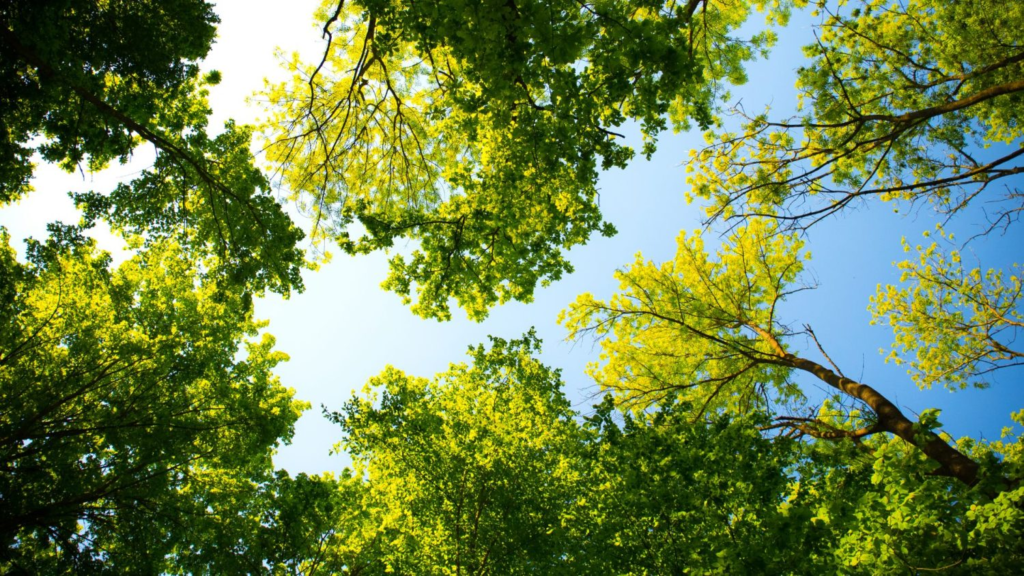
Federal Land Enforcement Actions
The U.S. Forest Service and other federal agencies actively investigate and prosecute unauthorized tree removal on public lands. One notable case involved individuals harvesting bigleaf maple trees from Olympic National Forest in Washington state to obtain figured wood (highly prized for musical instruments).
The investigation led to:
- Federal charges against multiple individuals
- Prison sentences ranging from 15 months to 3 years
- Restitution payments exceeding $250,000
- Forfeiture of vehicles and equipment used in the illegal harvesting
Such cases illustrate the serious approach federal agencies take toward protecting timber resources on public lands.
Neighbor Disputes Turned Legal
Neighbor disputes over trees frequently reach the courts, establishing important precedents in tree law. In one Minnesota case, a property owner removed a line of trees they believed were on their property, only to discover after a survey that the trees had been on the neighbor’s land.
The court ordered:
- Payment of $57,500 in damages (representing treble damages under state law)
- Additional compensation for decreased property value
- Court costs and attorney fees
- Restoration of the tree line at the defendant’s expense
This case highlights the importance of establishing clear ownership before taking action and the substantial financial risk of making assumptions about tree ownership.
Resources for Tree Law and Regulation Information
If you’re facing a potential tree issue, several resources can provide guidance specific to your situation.
Government Agencies and Websites
Various government agencies provide reliable information about tree regulations:
- The U.S. Forest Service offers guidance on federal land policies: https://www.fs.usda.gov/managing-land/forest-management
- State forestry departments provide state-specific regulations and resources
- Local planning departments can explain municipal tree ordinances
- The Environmental Protection Agency offers information on protected species: https://www.epa.gov/laws-regulations/summary-endangered-species-act
These official sources provide authoritative information about applicable regulations in your area.
Professional Organizations
Several professional organizations focus on tree care and related legal issues:
- The International Society of Arboriculture (ISA) certifies professionals and provides educational resources
- The American Society of Consulting Arborists offers referrals to experts who can provide evaluations
- The Tree Care Industry Association maintains standards for professional tree care
- The American Bar Association’s Real Property section includes attorneys specializing in tree law
These organizations can connect you with professionals who understand both the technical and legal aspects of tree management.
Legal Aid for Tree Disputes
If you’re involved in a tree dispute, several resources may provide assistance:
- Community mediation services often help neighbors resolve tree conflicts without litigation
- Legal aid societies sometimes handle property dispute cases for qualifying individuals
- University extension services frequently offer guidance on tree laws and neighbor relations
- Bar association referral services can connect you with attorneys experienced in tree law
Many tree disputes can be resolved through mediation or negotiation, avoiding the expense and relationship damage often associated with litigation.
The Intersection of Tree Law and Environmental Justice
An important emerging dimension of tree law involves environmental justice considerations—recognizing that tree coverage and enforcement of tree protection laws often vary based on neighborhood demographics.
Disparities in Urban Tree Coverage
Research consistently shows disparities in urban tree canopy coverage, with less affluent neighborhoods typically having fewer trees. This pattern has significant implications:
- Lower-income areas experience stronger urban heat island effects
- Air quality tends to be worse in areas with fewer trees
- Property values and quality of life may be affected by reduced tree coverage
- Health outcomes can be influenced by local environmental conditions
Recognizing these disparities, some municipalities have developed targeted tree planting programs for underserved neighborhoods and adapted their tree protection ordinances to address historical inequities.
Community-Based Approaches to Tree Protection
Increasingly, communities are taking active roles in tree protection through:
- Neighborhood tree inventories and monitoring programs
- Community notification requirements for proposed tree removals
- Participation in urban forestry planning processes
- Formation of tree advocacy groups that work with local governments
These approaches recognize that tree protection is not just an environmental issue but a matter of community well-being and equity.
| Approach | Benefits | Challenges |
|---|---|---|
| Community Tree Inventories | Local knowledge utilized; builds awareness; identifies protection priorities | Requires training and coordination; needs official recognition to be effective |
| Participatory Planning | Incorporates diverse perspectives; creates buy-in for protection measures; addresses community-specific concerns | Can extend planning timelines; requires facilitation to ensure all voices are heard |
| Tree Advocacy Groups | Provides focused attention on tree issues; can respond quickly to threats; builds political support for protections | May face resistance from development interests; requires sustained volunteer effort |
When communities actively participate in tree protection efforts, both compliance with regulations and overall canopy preservation typically improve.
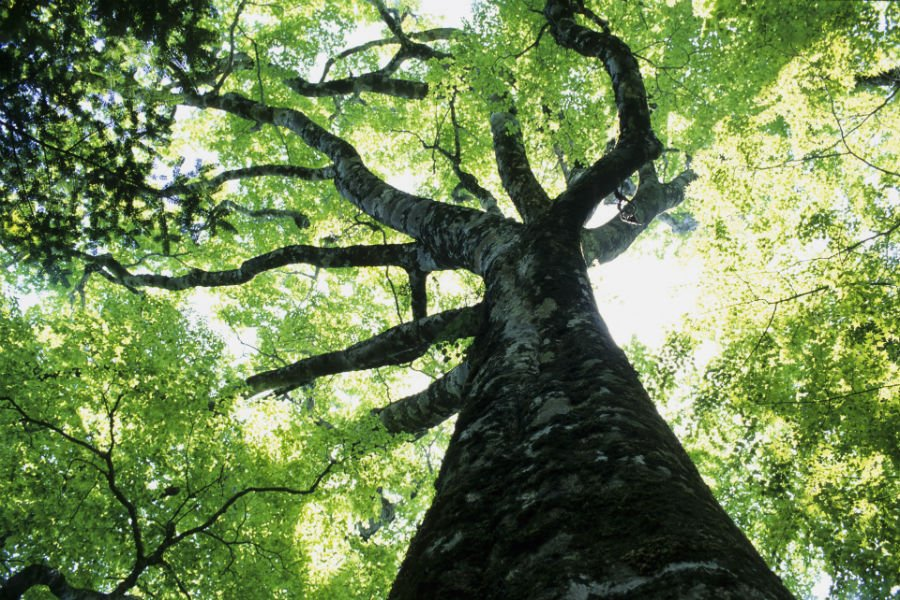
Future Trends in Tree Protection and Regulation
Looking ahead, several trends are likely to shape tree law and enforcement in coming years.
Climate Change Considerations
As understanding of trees’ role in climate resilience grows, we’re seeing:
- More stringent tree protection ordinances based on carbon sequestration benefits
- Increased valuation of trees in damage calculations that include climate impacts
- Tree replacement requirements that factor in carbon equivalency
- Integration of tree protections into climate action plans
These changes reflect growing recognition that trees provide essential ecosystem services in addressing climate challenges.
Technology in Tree Management and Enforcement
Technological advances are changing how tree regulations are implemented and enforced:
- Satellite and drone imagery allows for monitoring of tree canopy changes over time
- GIS mapping helps identify protected trees and track compliance with replacement requirements
- Digital permitting systems streamline applications while improving tracking capabilities
- DNA analysis can link illegally harvested timber to specific protected trees
These technologies are making enforcement more effective while potentially reducing the administrative burden of compliance.
Balancing Development and Preservation
Communities across the country are working to balance growth needs with tree preservation:
- Development of tree banking programs that allow flexibility in preservation strategies
- Creation of canopy coverage goals with associated policy mechanisms
- Implementation of tree protection zones during construction activities
- Incentive programs for developers who exceed tree preservation requirements
These approaches acknowledge legitimate development needs while protecting the essential benefits trees provide to communities.
Conclusion: Responsible Tree Management
Trees represent a unique intersection of private property rights and public benefits. Their longevity means decisions about their removal have impacts that extend far beyond the current property owner, affecting future generations and the broader community.
By understanding tree ownership rights, following proper removal channels, communicating with affected parties, and respecting protected trees, you can avoid the significant legal, financial, and environmental consequences of unauthorized tree removal.
Remember that in most cases, trees that have taken decades to grow can be removed in hours but cannot be replaced within our lifetimes. This reality underlies the sometimes strict legal protections trees receive and the severe penalties that can result from their unauthorized removal.
Whether you’re a property owner, a neighbor concerned about nearby trees, or simply an environmental advocate, understanding the legal framework surrounding tree removal helps ensure these valuable resources remain protected while respecting legitimate property rights and safety concerns.
Before taking action that affects any tree, take the time to understand ownership, check local regulations, communicate with neighbors, and consider consulting professionals. These steps can prevent costly disputes and help preserve our essential tree canopy for future generations.
